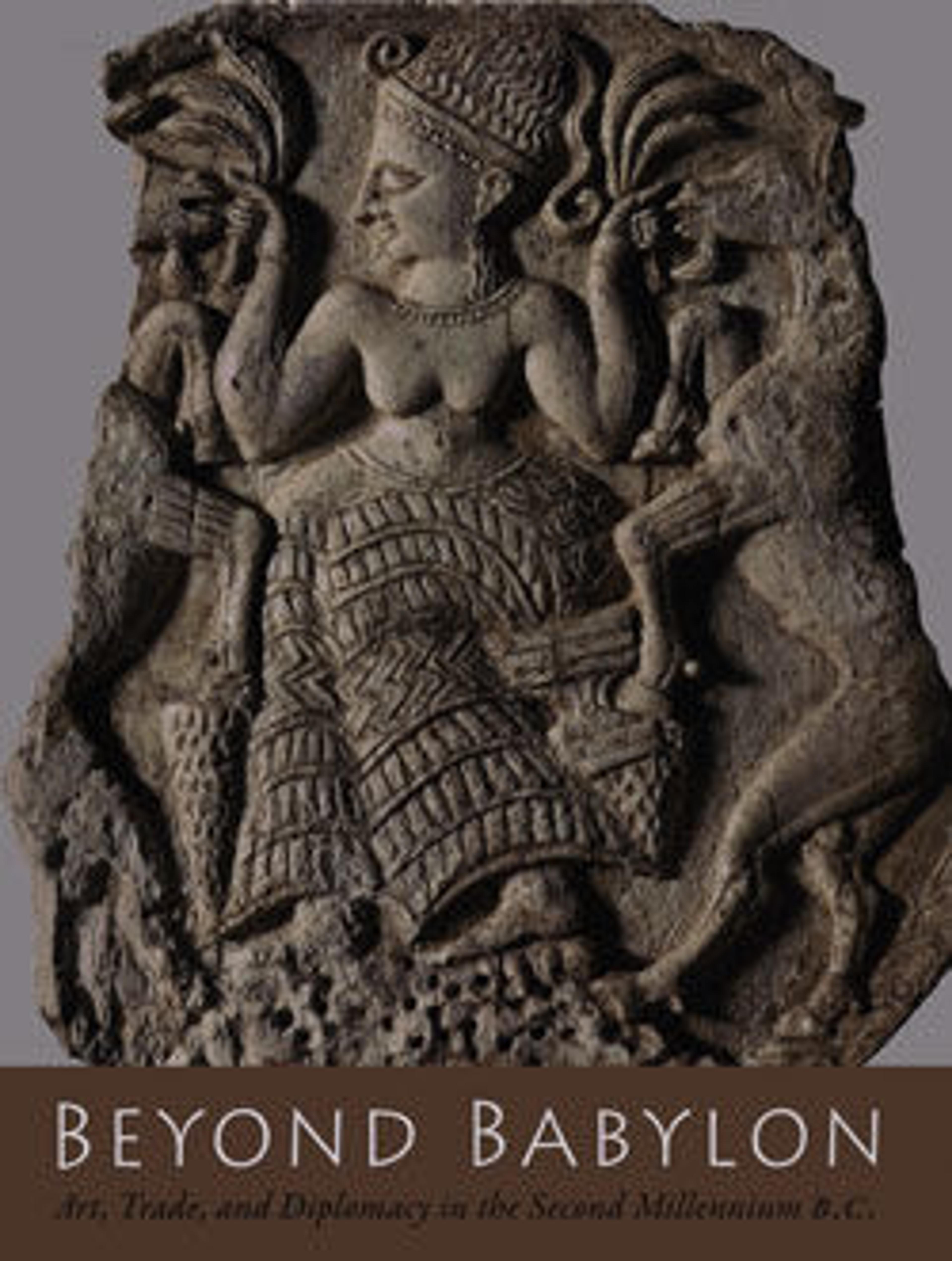Drinking Cup
This jar was probably imported from western Asia and may have been brought to Egypt by one of the foreign wives of Thutmose III as part of her dowry. The form, which has a button-shaped base now masked by gold leaf over plaster restoration, has a long history in Mesopotamia. Fragments of glassy faience vessels with a similar variegated pattern have been found at the site of Nuzi (modern Yorgan Tepe, Iraq), which flourished in the kingdom of Mitanni during the fifteenth and fourteenth centuries B.C. Glass making appears to have originated in Mesopotamia and been imported into Egypt early in Dynasty 18. Egyptian artisans had been making faience, a substance related to glass, for more than a thousand years and they quickly mastered the art of glassmaking as well.
Artwork Details
- Title:Drinking Cup
- Period:New Kingdom
- Dynasty:Dynasty 18
- Reign:reign of Thutmose III
- Date:ca. 1479–1425 B.C.
- Geography:From Egypt, Upper Egypt, Thebes, Wadi Gabbanat el-Qurud, Wadi D, Tomb of the Three Foreign Wives of Thutmose III
- Medium:Glassy faience, gold
- Dimensions:h. 10.2 cm (4 in.); diam. 7 cm (2 3/4 in.)
- Credit Line:Purchase, Edward S. Harkness Gift, 1926
- Object Number:26.7.1175
- Curatorial Department: Egyptian Art
More Artwork
Research Resources
The Met provides unparalleled resources for research and welcomes an international community of students and scholars. The Met's Open Access API is where creators and researchers can connect to the The Met collection. Open Access data and public domain images are available for unrestricted commercial and noncommercial use without permission or fee.
To request images under copyright and other restrictions, please use this Image Request form.
Feedback
We continue to research and examine historical and cultural context for objects in The Met collection. If you have comments or questions about this object record, please contact us using the form below. The Museum looks forward to receiving your comments.
